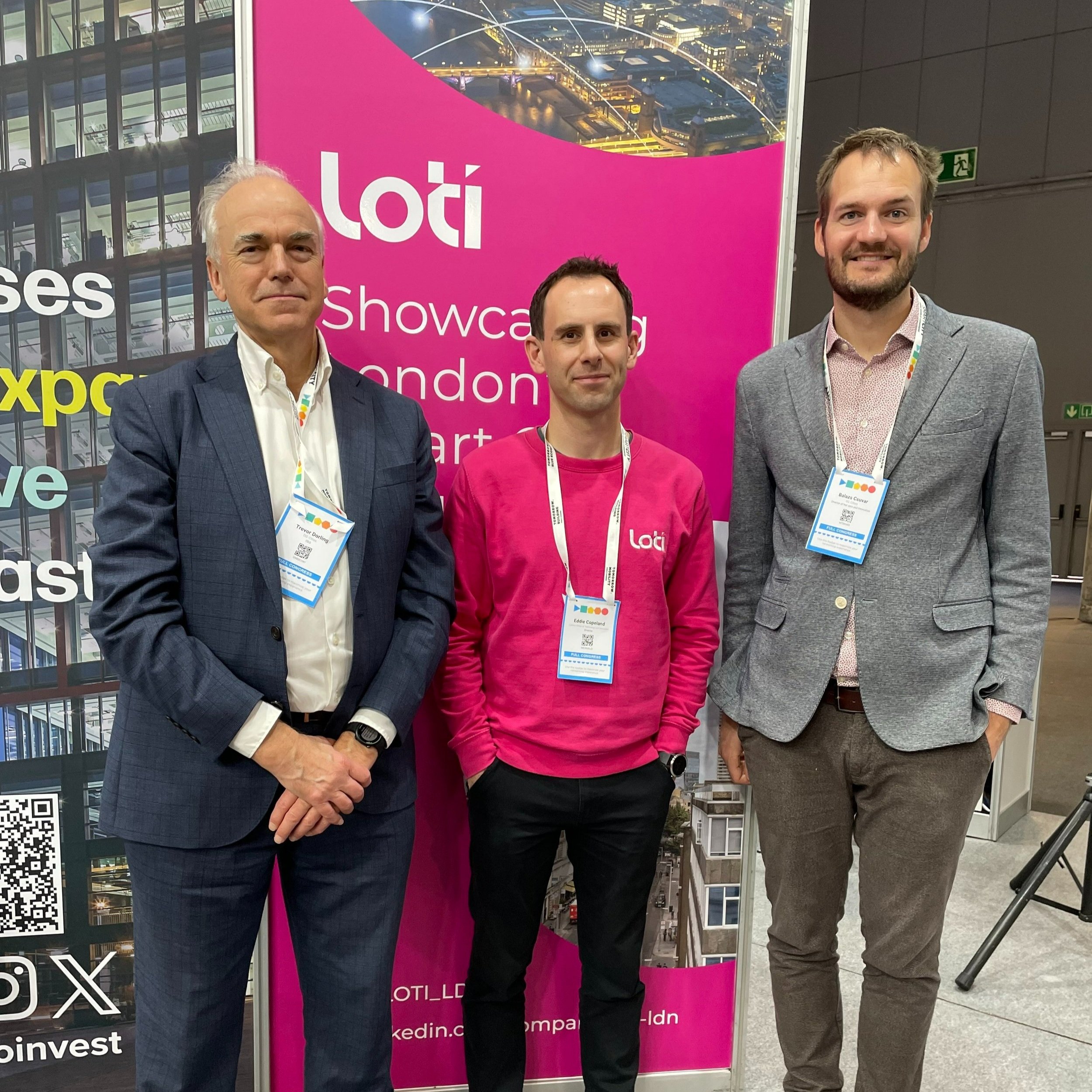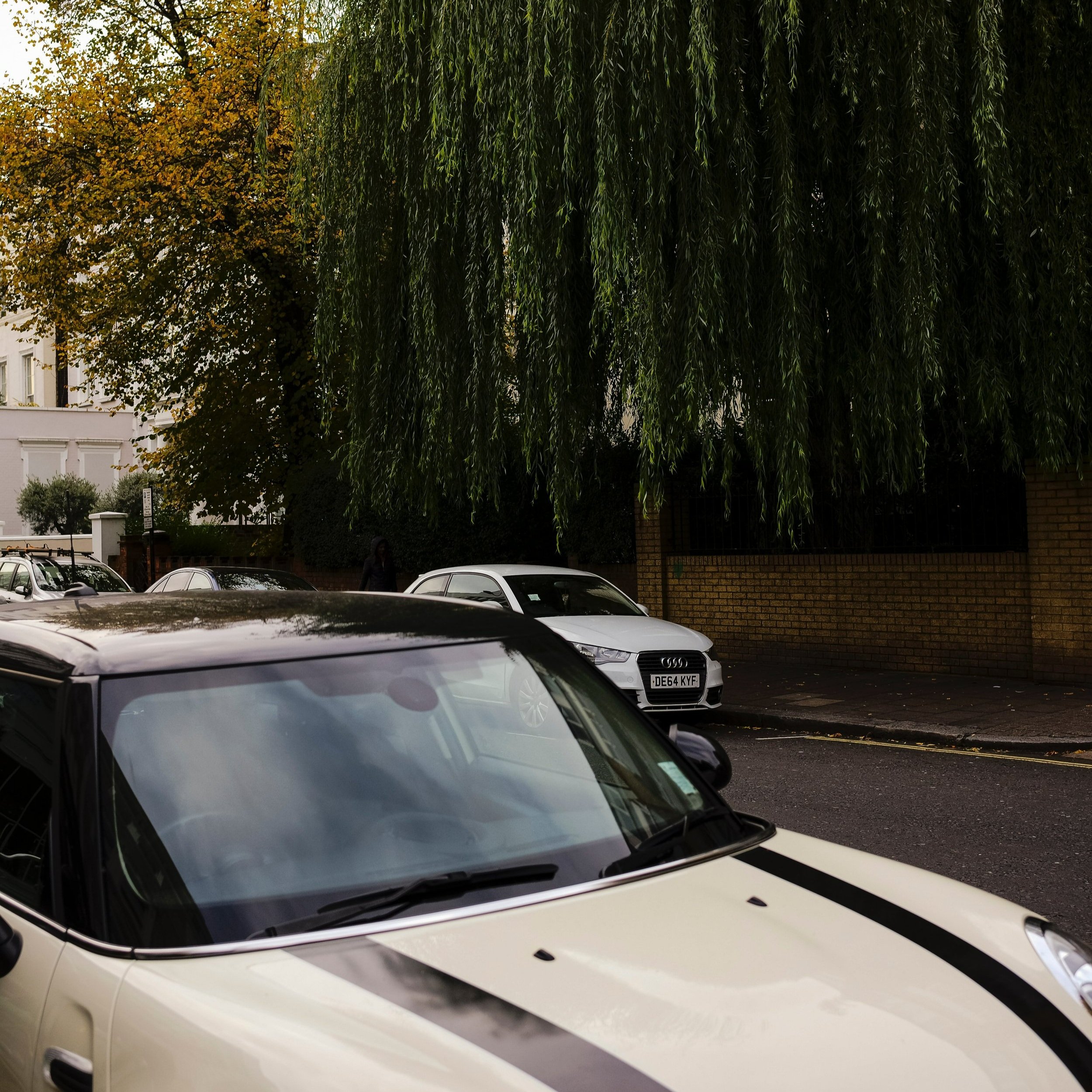With another COP drawing to a close, Head of Research and Service Design, Ed Houghton shares his view on the summit ahead of the final wording of any consensus, and highlights the vital work of local government in delivering today on what global leaders can only negotiate as principles for an increasingly unstable future.
As this year’s controversial COP 28 wraps up, we think its time to stop looking to the top for leadership, and instead recognise and learn from what’s happening at a local level.
The United Nations Climate Change Conference (COP) has become an important part of the annual climate calendar, as world leaders meet to agree how to tackle climate change. The meeting centres on agreements by countries on the targets and approaches to mitigating greenhouse gas emissions and building resilience. This year, the conference has been held in Dubai – a petrostate not necessarily known for its climate credentials.
Climate change is a recognised threat to global stability by many scientists worldwide. The evidence for its impact continues to grow – and the picture is bleak. The Intergovernmental Panel on Climate Change's Sixth Assessment Report from 2021 painted a grim picture of the planet's changing climate, highlighting the urgency of immediate and drastic action. The IPPC urged nations to limit global warming to 1.5°C above pre-industrial levels, the target set in the Paris Agreement, which it described as essential to avoid the most catastrophic impacts of climate change.
A leadership vacuum
Unfortunately, ‘leadership’ at this year’s summit has been severely lacking. Just days before COP28 began, leaked documents revealed that the UAE planned to discuss oil and gas deals with several countries throughout the summit, raising suspicions among many that the UAE was using COP as a platform to promote fossil fuel interests.
Then, not long into the gathering, the Guardian published accounts of the COP28 president, Sultan Al Jaber, downplaying the need to phase out fossil fuels. Whilst at a public event, he suggested that there was "no science" to support calls for a fossil fuel phase-out, contradicting the scientific consensus that fossil fuels are a major contributor to climate change. This was less than a year out from hosting the summit.
Closer to home, Prime Minister, Rishi Sunak took the opportunity to highlight the UK’s progress, despite noting that he is rolling back commitments for low carbon heating such as heat pump deployments and retrofit energy efficiency measures. This is despite the UK’s independent Climate Change Committee of leading climate scientists recent outlook from October, stating that the UK is highly likely to miss both the target of reducing greenhouse gases by 68% by 2030, and its long-term ambitions of net-zero by 2050.
Time for local government to lead the way
In the absence of national level leadership, it falls to local government to try to deliver on net zero, whilst also under extreme pressure to reduce costs and operate efficiently. There are, however, clear indications of local councils across the country delivering net zero innovation. For example, the recent LGA report Key Cities - Emissions Down Levelling Up published in May 2023, took a closer look at the LGA's Key Cities Network in achieving net-zero emissions. The analysis highlighted significant progress in key areas including retrofit and decarbonisation, but noted that more work was needed to meet the ambitious targets set out in the networks net zero plans. The report concluded that with limited resources there is only so far that local government can go.
Our own work has also also highlighted how action is happening across local governments at every scale, including the ‘hyperlocal’ level of neighbourhood decarbonisation. Our case studies for the LGA showed action across areas of technology innovation, retrofit acceleration, and community engagement, for example Redditch Borough Council and the Midlands Net Zero Hub partnered to locate local assets that were eligible for the Public Sector Decarbonisation Scheme, bringing together experts from the hub with council officers to deliver retrofit projects. In Devon, the County Council drew together LAD (the Green Homes Local Authority Delivery scheme, which aims to raise the energy efficiency of low-income and low EPC rated homes) and HUG (home upgrade grant) funding to develop the Sustainable Warmth Fund to promote retrofit to the able to pay market, and provide advice and guidance through local networks and organisations.
Look local to recognise impact
Many local authorities are doing as much as they can with limited funding – and often very much out of view. While the international press focuses on the motives and decisions of global leaders in Dubai this month, local authorities are quietly making do with limited budgets to do as much as they can to tackle net zero. And they’re doing this, not only to achieve their commitments, but also to deliver on their social value purpose to their communities. The local level is where real change is happening.






































